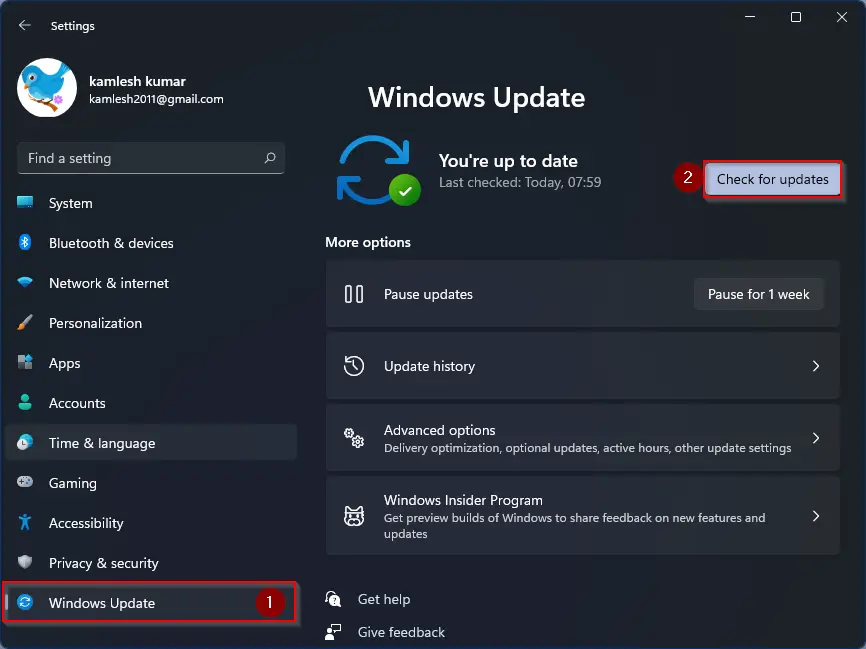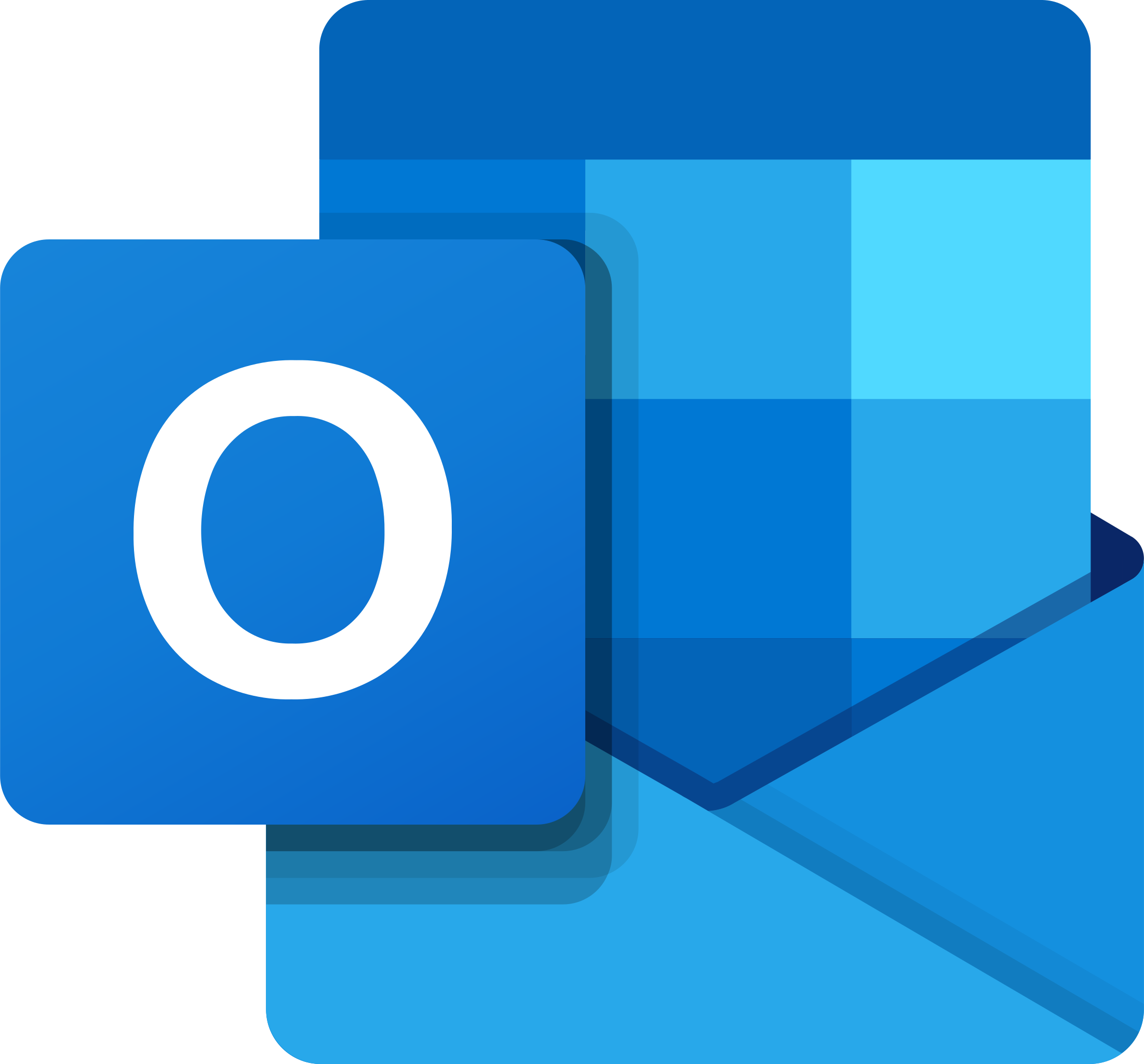Troubleshooting Windows 10 Desktop Icons Access
Having trouble accessing your desktop icons on Windows 10? Here’s a guide to troubleshoot and resolve the issue efficiently.
Steps to fix missing or disappeared desktop icons
- Press Ctrl+Shift+Esc to open Task Manager.
- In the Processes tab, scroll down and find Windows Explorer.
- Right-click on Windows Explorer and select Restart.
- Wait for the desktop icons to reappear.
Method 2: Resetting the Icon Cache
- Open File Explorer by pressing Win+E.
- Navigate to the following location: %userprofile%AppDataLocal.
- In the Local folder, find and open the IconCache.db file.
- Delete the IconCache.db file.
- Close File Explorer.
- Press Ctrl+Shift+Esc to open Task Manager.
- In the Processes tab, scroll down and find Windows Explorer.
- Right-click on Windows Explorer and select Restart.
- Wait for the desktop icons to reappear.
Method 3: Checking Icon Visibility Settings
- Right-click on an empty area of the desktop.
- From the context menu, select View.
- Ensure that the Show desktop icons option is checked.
- If it is unchecked, click on Show desktop icons to enable it.
- Wait for the desktop icons to reappear.
Method 4: Running System File Checker
- Press Win+X to open the Power User Menu.
- From the menu, select Command Prompt (Admin) (or Windows PowerShell (Admin)).
- In the command prompt window, type sfc /scannow and press Enter.
- Wait for the system file checker to scan and repair any corrupted system files.
- Once the process is complete, restart your computer.
- Check if the desktop icons have reappeared.
Turn on the visibility of desktop icons
1. Right-click on an empty space on your desktop to open the context menu.
2. Hover over “View” to open the submenu.
3. In the submenu, make sure the “Show desktop icons” option is checked. If it’s not, click on it to enable it.
Note: If you’re using a tablet or a device with a virtual keyboard, you can access the context menu by pressing and holding on an empty space on your desktop.
Once you’ve enabled the “Show desktop icons” option, all your desktop icons should become visible again. This can be helpful if you accidentally hid your icons or if they disappeared due to a system error.
If the issue persists, you can try resetting the icon cache. This can be done by following the steps outlined in the article “Troubleshooting Windows 10 Desktop Icons Access” under the section “Resetting the Icon Cache”.
Disable the Tablet mode
To disable Tablet mode on Windows 10 and regain access to your desktop icons, follow these steps:
1. Click on the Start menu button in the bottom-left corner of your screen.
2. In the search bar, type “Tablet mode settings” and select the corresponding result.
3. In the Tablet mode settings window, toggle off the “Make Windows more touch-friendly when using your device as a tablet” option.
4. Close the settings window and return to your desktop.
5. Your desktop icons should now be accessible as usual.
If you prefer using a shortcut, you can also disable Tablet mode by pressing the Windows key + A to open the Action Center. Then, click on the “Tablet mode” tile to toggle it off.
python
import os
desktop_path = os.path.join(os.path.join(os.environ['USERPROFILE']), 'Desktop')
desktop_icons = os.listdir(desktop_path)
for icon in desktop_icons:
print(icon)
This Python code uses the `os` module to retrieve the path to the user’s desktop folder (`USERPROFILE` environment variable) and then lists all the files and folders within that directory.
Use the Command Prompt to rebuild your icon cache
First, open the Command Prompt by pressing the Windows key + R, then typing “cmd” and pressing Enter.
In the Command Prompt window, type the following command and press Enter:
ie4uinit.exe -show
Next, type the following command and press Enter:
taskkill /IM explorer.exe /F
After that, type the following command and press Enter:
del /A /Q “%localappdata%IconCache.db”
Finally, type the following command and press Enter:
shutdown /r /f /t 00
This will restart your computer and rebuild the icon cache. Once your computer restarts, the desktop icons should be refreshed.
Run the System File Checker
If you’re experiencing issues accessing your desktop icons in Windows 10, running the System File Checker can help troubleshoot and resolve the problem. The System File Checker is a built-in tool in Windows that scans for and replaces corrupted or missing system files.
To run the System File Checker:
1. Press the Windows key on your computer keyboard to open the Start menu.
2. Type “Command Prompt” and right-click on the Command Prompt app to open the context menu.
3. Select “Run as administrator” from the context menu.
4. In the Command Prompt window, type “sfc /scannow” and press the Enter key.
5. The System File Checker will now scan your system files and replace any corrupted or missing files it finds.
Once the scan is complete, restart your computer and check if the issue with accessing your desktop icons has been resolved. If the problem persists, you may need to further troubleshoot or seek additional assistance.
Update Windows 10 to the latest release

To troubleshoot issues with accessing desktop icons on your Windows 10 desktop, follow these steps:
1. Restart your computer: This can resolve temporary glitches and refresh your system.
2. Check display settings: Right-click on an empty area of your desktop and select “Display settings.” Ensure that the display resolution is set correctly and that the scaling is at 100%.
3. Reset icon cache: Sometimes, the icon cache can become corrupted. Press the Windows key + R to open the Run dialog box. Type “cmd” and press Enter to open the Command Prompt. In the Command Prompt, type “ie4uinit.exe -ClearIconCache” and press Enter. Then, restart your computer.
4. Run System File Checker: Open the Command Prompt as administrator. Type “sfc /scannow” and press Enter. This will scan for and fix any corrupt system files.
5. Create a new user account: If the issue persists, try creating a new user account and check if the icons are accessible there. If they are, it indicates a problem with your current user account.
If you still experience issues after following these troubleshooting steps, consider contacting Microsoft Support for further assistance.
Reset your Windows 10
Resetting your Windows 10 desktop icons can help troubleshoot any issues you may be experiencing. Here’s a step-by-step guide to help you get your icons back to normal:
1. Right-click on an empty space on your desktop to bring up the context menu.
2. Select “View” from the menu and then click on “Show desktop icons.” This will ensure that the icons are visible on your desktop.
If the above steps don’t resolve the issue, you can try resetting the icon cache. Follow these instructions:
1. Press the Windows key + R to open the Run dialog box.
2. Type “cmd” and press Enter to open the Command Prompt.
3. In the Command Prompt window, type “cd /d %userprofile%AppDataLocal” and press Enter.
4. Next, type “del IconCache.db /a” and press Enter.
5. Lastly, type “exit” and press Enter to close the Command Prompt.
These steps should help you troubleshoot and reset your Windows 10 desktop icons. If you continue to experience issues, consider reaching out to Microsoft Support for further assistance.


